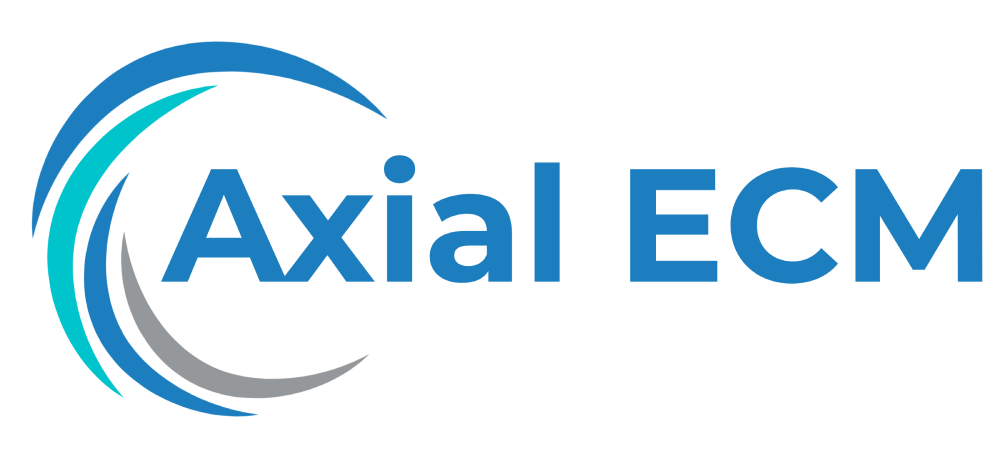ECM Training and Education: Best practices for training staff and educating users about ECM systems.
Feedback and Improvement: Evolving Your ECM Training Approach
Effective training is essential when it comes to successfully implementing an Enterprise Content Management (ECM) system. Conducting trainings and educating staff and users about ECM systems can help ensure that everyone understands how to use the system efficiently and effectively to manage the organization’s content and improve productivity.
In this article, we will explore the importance of feedback and continuous improvement in evolving your ECM training approach. We will discuss the benefits of gathering feedback, how to analyze and use this feedback to make improvements, and provide some best practices to enhance your ECM training strategy.
The Importance of Feedback in ECM Training
Feedback plays a crucial role in any training program, and ECM training is no exception. By gathering feedback from your participants, you can identify areas of improvement and address any concerns or issues they may have.
Feedback helps you gauge the effectiveness of your training sessions and identify gaps in knowledge or skill sets. It allows you to understand what aspects of the ECM system users find challenging and where additional training or clarification may be necessary.
Gathering feedback also helps you identify any technical issues or glitches within the ECM system itself. Users may come across errors or functionality limitations during training, and their feedback can provide valuable insights for systems administrators and developers to address and resolve these issues.
Methods for Gathering Feedback
There are several methods you can use to gather feedback from participants during and after ECM training sessions. These include:
- 1. Surveys: Distribute surveys to trainees after each session or at the end of the training program. Include questions that assess their understanding, satisfaction levels, and suggestions for improvement.
- 2. Focus groups: Conduct focus group discussions with representative users to delve deeper into their experiences and gather more qualitative feedback.
- 3. One-on-one interviews: Schedule individual interviews with participants to gather personalized feedback and address any specific concerns.
- 4. Observation: Observe trainees during the training sessions to gauge their engagement, comprehension, and identify areas for improvement.
Analysis and Action
Once you have collected feedback, the next step is to analyze and act upon it. Start by collating and organizing the feedback received from participants. Look for patterns and common themes that emerge across multiple feedback sources.
Identify areas that are consistently mentioned by multiple users as being challenging or unclear. These may indicate areas where additional training or resources are needed. Conversely, pay attention to areas that receive positive feedback and identify strategies or techniques that are performing well.
Make sure to involve key stakeholders such as trainers, systems administrators, and management in the analysis process. This allows for a comprehensive understanding of the feedback and ensures that relevant actions can be taken.
Improving Your ECM Training Approach
Based on the feedback and analysis, it’s time to make improvements to your ECM training approach. Here are some best practices to consider:
- 1. Revise training materials: Update and revise training materials to address areas of concern and provide additional clarity or explanations.
- 2. Offer refresher sessions: Conduct refresher sessions for users who may benefit from additional training or reinforcement in specific areas.
- 3. Customize training for different user groups: Consider tailoring training sessions based on the role and responsibilities of different user groups. This ensures that the training is relevant and focuses on the functionalities that are most important to each group.
- 4. Incorporate hands-on exercises: Provide hands-on exercises during training sessions to allow participants to practice using the ECM system. This enhances their hands-on experience and reinforces their understanding.
- 5. Provide access to training resources: Make training resources easily accessible to users, such as user manuals, video tutorials, and support documentation.
By implementing these best practices, you can enhance your ECM training approach and facilitate a smoother adoption and usage of the ECM system within your organization.
Conclusion
Feedback and improvement are vital components of an effective ECM training approach. By gathering feedback from trainees, analyzing it, and making necessary improvements, you can continuously enhance your training program and ensure that users are equipped with the knowledge and skills they need to effectively utilize the ECM system. By focusing on feedback and improvement, you can create a culture of ongoing learning and improvement within your organization.
